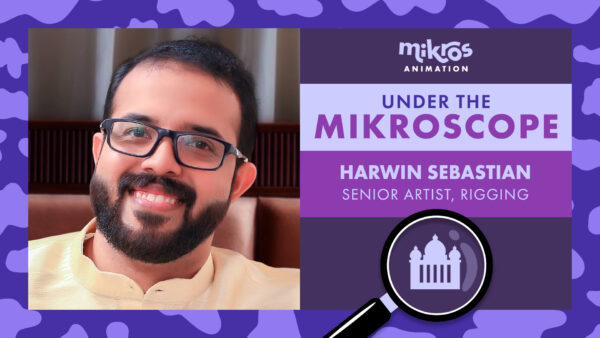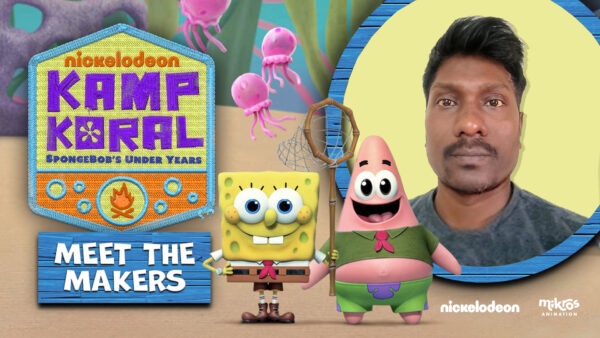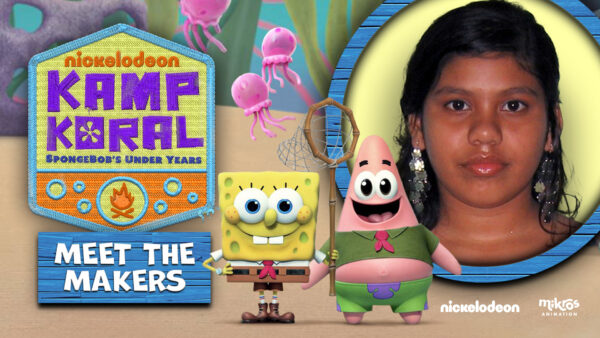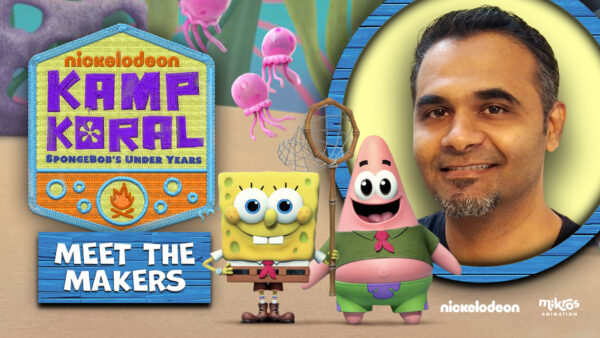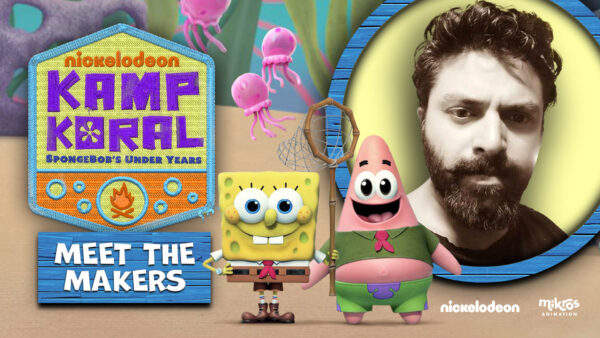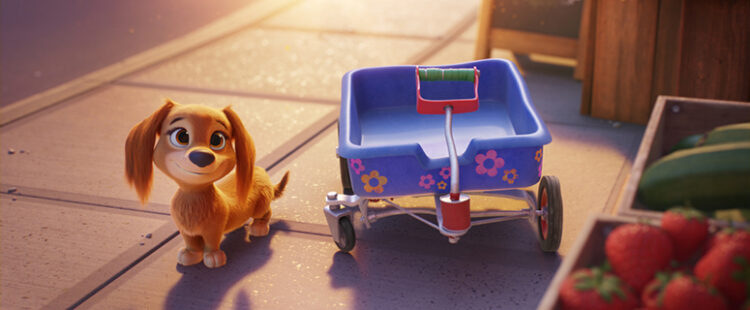
In this edition of Meet The Makers, we dive into the world of animation with Kushal R, Mid Rigging Artist for Kamp Koral. Discover how Kushal and his team bring these iconic characters to life using innovative techniques and creative solutions. Get an insider’s look at the artistry and innovation behind the beloved series.
- SpongeBob celebrates its 25th anniversary this year. When and how did you first become introduced to this iconic character?
First of all, cheers to the SpongeBob Show for completing 25 years! It’s an iconic show with eccentric characters.
My earliest memory of watching SpongeBob was in 2D on Nickelodeon when I was a child. I used to adore Mr. Krabs and his antics to make money. The body deformations and mannerisms of SpongeBob and Patrick were absolutely hilarious.
- Can you describe the production process of a typical episode of Kamp Koral?
The rigging process begins by analyzing animatics. We determine the rig requirements for the model and commence the rig build process. Our primary goal is to achieve all the poses depicted in the animatics. Additionally, we ensure that rig systems are kept light for smooth performance in the viewport, facilitating easier animation for the team. Once the rig is completed, it will be passed to calisthenics before finalization.
The number of days required for each asset may vary depending on its complexity. On average, characters take approximately 7 days to be rigged.
- What were the biggest technical challenges you faced in making this season?
In Season 2, characters were meticulously skinned to ensure the desired quality of deformation. Additionally, rigging mechanical props, vehicles, and sets posed significant challenges. We conducted extensive research and development to achieve the necessary poses and deformations as outlined in the animatics.
- What are the main differences between the work done on the first season and the second season?
In Season 2, we incorporated blendshapes to achieve exaggerated poses and expressions that couldn’t be achieved with the base rig alone. It was crucial to seamlessly integrate these new blendshapes with the existing rig without losing any data or compromising the functionality of the main rig.

- What software and animation tools did you use for this season?
We used Autodesk Maya for all our rigging processes. The rig build process was based on a tool developed in-house. This tool works inside Maya to generate character rigs.
To accelerate our workflow and ensure consistency across our projects, we developed a comprehensive library of tools and techniques. These innovative tools have brought a new level of efficiency and uniformity to our rigging mechanisms. Among these, the follicle slide system stands out as a particularly useful and innovative technology.
The follicle slide system is an advanced rigging technique we employed for various character features. This system allowed us to create more natural and expressive movements for the eyes, brows, lips, and even limbs when necessary.
One of the major advantages of the follicle slide system is its versatility; it can be applied to both NURBS surfaces and polygonal models, making it highly adaptable to different rigging requirements.
- How did the collaboration between the different teams and departments go in producing this season?
Coordination with other departments is crucial to achieving the expected quality output.
The Rigging Department acts as a bridge between the Asset and Animation departments. The Modeling team supported us by providing corrective shapes, facial blendshapes, and also special blendshapes tailored to achieve shot-based exaggerated poses.
The Animation team collaborates closely with the Rigging department for any additional rig requirements or if poses prove challenging. If animators find the controls insufficient, they communicate their concerns to the Rigging department.
The Rigging Team takes ownership of the asset and is responsible for delivering clean rig files containing all necessary rig and texture information for rendering purposes. We continue to support other departments until the final render is complete.
- How did your teams bring their own creative touch to the series while respecting the universe and characters of SpongeBob?
Creative decisions are made when rigging unconventional assets. Some characters from Season 2 were unconventional and required unique rigging approaches. I distinctly recall rigging a character, such as one of Plankton’s flattened variants, where a standard rig wouldn’t suffice. The animatic called for curls along the spine region, achieved through the muscle spline system—a different but highly effective approach.
- Were there any specific references or inspirations that guided your work on this season?
The SpongeBob 2D animated series itself is the biggest inspiration for this show. A lot of brainstorming was required to achieve the poses that were drawn in 2D.
It was our pleasure and privilege to work on such iconic characters that we grew up watching.

- Is there a specific scene or effect you are particularly proud of?
Well, I can talk about three unique characters that I rigged: Paul Grunian, Flattened Plankton, and Patrick variants. These three characters presented significant challenges.
I am particularly proud of the deformations achieved for Paul Grunian. This character exemplified excellent coordination between the Modeling and Rigging departments, with well-modeled corrective shapes provided. The animation shots featuring this character turned out spectacular.
Additionally, there was a memorable shot where Plankton gets flattened, and its spine squashes to form curls. The poses that the animator achieved using the muscle spline rig system were truly impressive. I am proud of building that rig!
